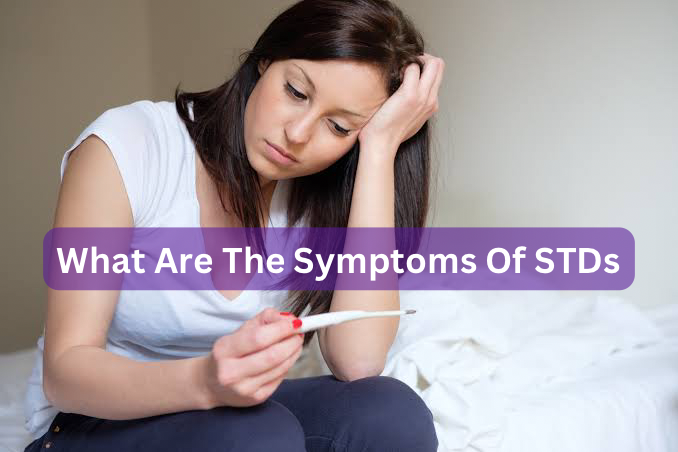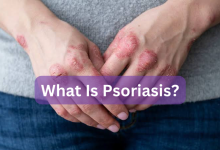What are the symptoms of STDs?

S*xually transmitted diseases (STDs) are a significant public health concern that affects millions of people worldwide. These infections are caused by bacteria, viruses, or parasites that are spread through s*xual contact, including vaginal, anal, or oral s*x. The symptoms of STDs can vary depending on the type of infection, but in general, they can range from mild discomfort to severe health complications if left untreated.
1. Painful Urination
One of the most common symptoms of STDs is pain or burning during urination. This can be caused by inflammation or irritation in the urinary tract, which can occur with several types of STDs. For example, chlamydia, gonorrhea, and trichomoniasis are bacterial infections that can cause painful urination in both men and women.
2. Discharge
Another common symptom of STDs is abnormal discharge from the v@gina or p£nis. The discharge may be thick, cloudy, or have a foul odor. The color and consistency of the discharge can also vary depending on the type of infection. For example, women with trichomoniasis may experience frothy, greenish-yellow discharge, while men with gonorrhea may have a thick, cloudy discharge from the p£nis.
Read also: Understanding STD; What Is STD?
3. Sores Or Bumps
Sores or bumps on the genital area, anus, or mouth can be a sign of several STDs, including herpes, syphilis, and genital warts. These sores may be painful or itchy and can often be mistaken for other skin conditions, such as acne or razor burn.
4. Pain During Intercourse
Pain or discomfort during Intercourse can be a symptom of several STDs. This can be caused by inflammation or irritation in the genital area, which can occur with infections such as chlamydia, gonorrhea, and trichomoniasis. In women, pain during Intercourse may also be a sign of pelvic inflammatory disease (PID), which is a serious complication of untreated STDs.
5. Rash
A rash on the genital area or other parts of the body can be a symptom of several STDs. For example, syphilis can cause a rash that appears as small, reddish-brown spots on the skin, while herpes can cause a rash of small, fluid-filled blisters. HIV can also cause a rash, which may be accompanied by other flu-like symptoms such as fever, fatigue, and body aches.
6. Flu-like Symptoms
Some STDs, such as HIV and syphilis, can cause flu-like symptoms such as fever, fatigue, and body aches. These symptoms may appear several weeks after exposure to the infection and can be mistaken for other illnesses, such as the flu. If you experience these symptoms after engaging in risky s*xual behavior, it is important to get tested for STDs.
7. No symptoms
Some people with STDs may not have any symptoms at all. This is especially true for women with chlamydia or gonorrhea, who may not experience any symptoms until the infection has spread to other parts of the reproductive system. This is why regular testing is so important for s*xually active individuals, even if they do not have any symptoms.
It is important to note that these symptoms can be caused by other conditions as well, so it is important to get tested if you suspect that you may have an STD. If left untreated, STDs can lead to serious health complications, including infertility, PID, and even certain types of cancer. It is essential to practice safe s*x by using condoms and getting tested regularly if you are s*xually active.
If you experience any of the symptoms listed above, it is important to see a healthcare provider right away for testing and treatment. Remember, early detection and treatment can help prevent long-term health problems and protect you and your partner







